For large For most wild animals, breeding may occur as a result of a sudden, intense desire, perhaps by smelling a scent associated with a mate or seeing some behavior that signals an invitation to breed. The editor below has compiled some animals with the strongest desire to reproduce. They are dolphins, fur seals, longhorned beetles, Elephants-Are-Endangered.html">elephants, yellow-bellied buntings, rabbits, Indian stick insects, honeymoon flies, bonobos, and mosquitoes. Come and take a look with the editor.
1. Dolphin

dolphins.html">Dolphins are not only highly intelligent, they are also extremely curious creatures, which may be why they want to have something to do with anyone they see. They can have sex several times a day, and male dolphins will force female dolphins to reproduce. In addition, dolphins are extremely wide-ranging in their choice of breeding partners. They will also look for other animals or hard objects to satisfy themselves, including sea turtles. , sharks, eels and other animals, there have also been many love scenes between humans and animals.
2. Fur seal

Miraculous nature has endowed them with polygamous bachelor benefits, and each male fur seal has a different number of females. Occasionally, there will be some particularly unlucky male fur seals who can only have one or two female fur seals alone, but some fur seals can breed with 50 or even 100 female fur seals. 1-5 days after they enjoy the pleasure of fish and water, female fur seals give birth to their only son or daughter. Just after giving birth to pups, the female fur seal starts a new round of breeding again without stopping, breeding with male fur seals. It really doesn’t stop for a moment!
3. Longhorn beetle
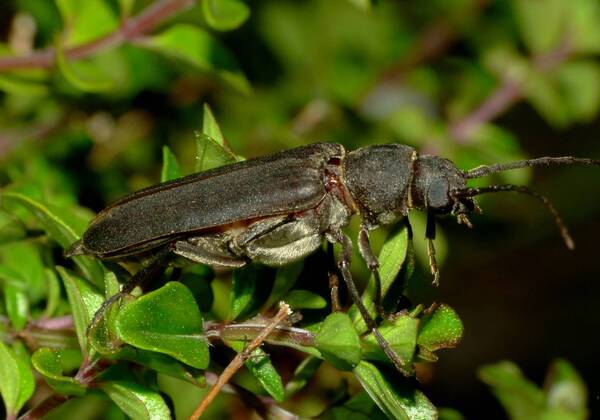
The research data of Dr. Michael Meyerus of the University of Cambridge in the UK shows that beetles "reproduce" most frequently and with high quality among all animals: they can do it for 9 hours a day, and each "excitation" of both parties lasts 90 minutes, and One wave after another, 3 times in a row. Such "excessive indulgence" naturally greatly damaged the beetle's body. This small animal has no time to make up for its caloric consumption, and as a result, its long life span is only one year! In addition to "breeding", the beetle is almost always eating when it is free. As a result, it eats about 20 leaves full of harmful substances every day.
4. Elephant
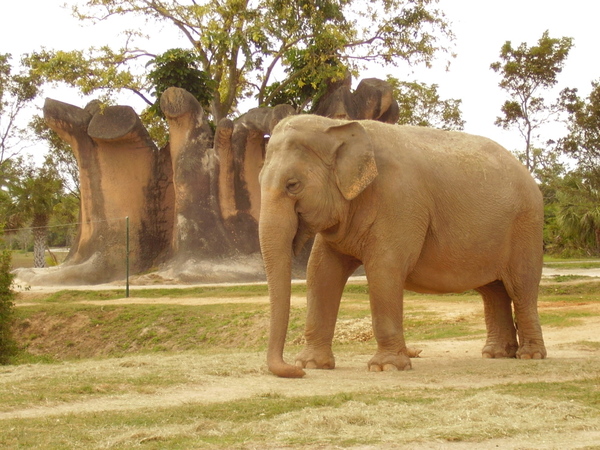
The breeding time of Elephants-Are-Endangered.html">elephants is very short, and it basically ends in less than a minute. However, when a male elephant breeds every year, his strong desire will make him enter a violent state, and his body will be in a violent state for several months. Testosterone levels will continue to soar. At this time, even if it is not the boss, it can still occupy a dominant position in the group. When a male elephant during the breeding period cannot find a female elephant, he will also fight with a rhinoceros. His desire makes the elephant extremely manic. If the rhinoceros does not obey, he will fight with fists and kicks. It is terrible!
5. Yellow-bellied Iron-clawed Bunting

This unremarkable-looking bird breeds 365 times in just over a week. At their peak, they reproduced 5.3 times per hour. During its fertile period, the female bird will actively choose the male bird she likes the most. This kind of bird is not fixed in its choice of breeding partner. It can even be said that it is not selective about food when hungry. Each female bird will find two or three male birds from the territory or nearby range to breed, and the male bird will also breed with several nearby female birds at the same time.
6. Rabbit
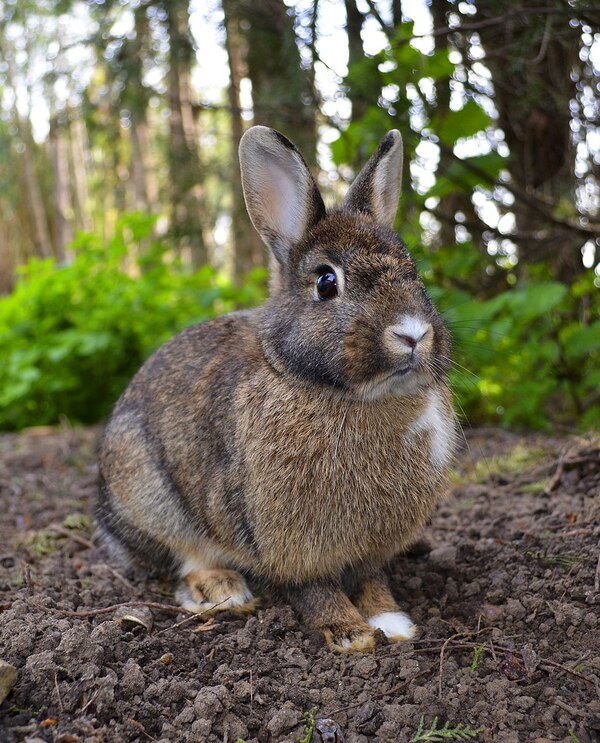
When it comes to animals with a strong desire to reproduce, how can we forget about rabbits? Rabbits are animals that can reproduce all year round. There is no fixed ovulation period. Whenever a male rabbit conquers a female rabbit, the female rabbit will ovulate. Rabbit breeding lasts 3-5 days and its cycle lasts 7-15 days. Female rabbits with strong desires during the breeding period will actively tease male rabbits, climb on them, and even climb on their own litters or other female rabbits. When a male rabbit is chasing and climbing, he will lie on the ground, stretch his body, and raise his buttocks to cater to the male rabbit's breeding movements and express his willingness to accept breeding.
7. Stick Insect
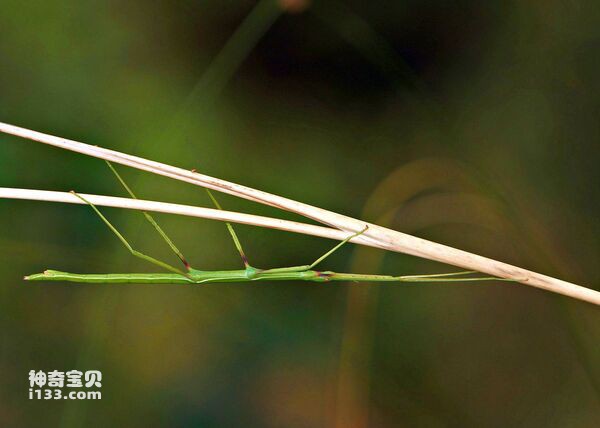
The Indian stick insect can reproduce for 79 days, a world record, during which the male will cling to the female's back. When the male and female tails come together, the sperm enters the female. Of course, during this long reproduction period of nearly three months, the male cannot continuously inject sperm. Instead, he combines with the female from time to time and injects sperm into the female intermittently. The extremely long-term reproduction of stick insects is an extreme example of "mate-maintenance reproduction."
8. Honeymoon fly

The newly mature male honeymoon flies will hover at low altitude and gather in a dense swarm, waiting for the female honeymoon flies that are ready to breed to emerge from their pupae. When the female honeymoon fly finally emerged from the underground pupa, a large group of male honeymoon flies swooped down like a storm and covered her. The male flies hit the female fly's body while savagely fighting for each other. Female flies reproduce. terrible! After successful reproduction, the male fly will only maintain the tail connection with the female fly and live together for 5 days!
9. Bonobo
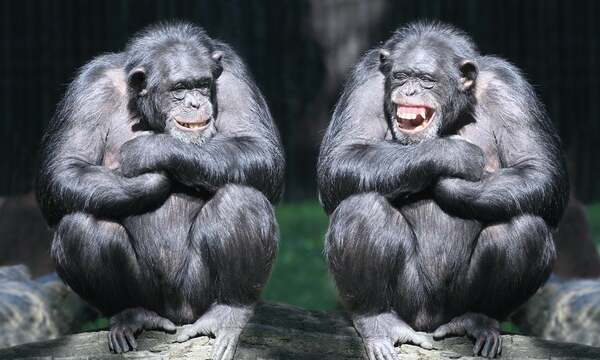
Animals with "the most chaotic private lives" breed when they disagree, treating this behavior as the most important communication tool in social life. In the world of bonobos, everything from conflict resolution to food payment is solved using random reproduction. They range from heterosexual to homosexual. Precisely because they reproduce frequently, a lot of conflicts are eliminated. Bonobos are allowed to breed at any time, and even young are busy breeding, but males will no longer breed with their mothers after they are 6 years old. Their breeding posture is not like that of other apes, but is similar to that of humans.
10. Mosquitoes
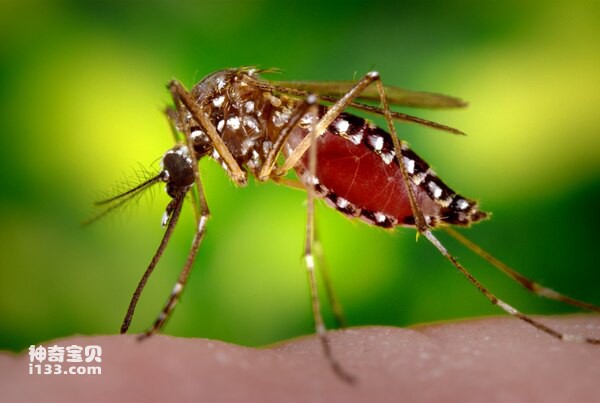
Male mosquitoes are generally ready to reproduce in the first few days of adulthood, but female mosquitoes are usually ready to reproduce as soon as they emerge from their pupae. The male will stay next to the female when she is still a pupa. After the female hatches, he will grab their breathing tube and reproduce with her. The female mosquito at this time is equivalent to a minor. How impatient are the mosquitoes. . Of course, the male has a way of telling whether the pupa is female or male. Otherwise, their mosquito world will be in chaos.
The list of the top ten animals with the strongest desire to reproduce. The content is mainly compiled from the descriptions of relevant websites. The ranking is in no particular order. The list is for your reference and entertainment only. If you have any questions, please leave comments/criticisms at the end.
animal tags: Dolphins elephants buntings rabbits bonobos mosquitoes
We created this article in conjunction with AI technology, then made sure it was fact-checked and edited by a Animals Top editor.